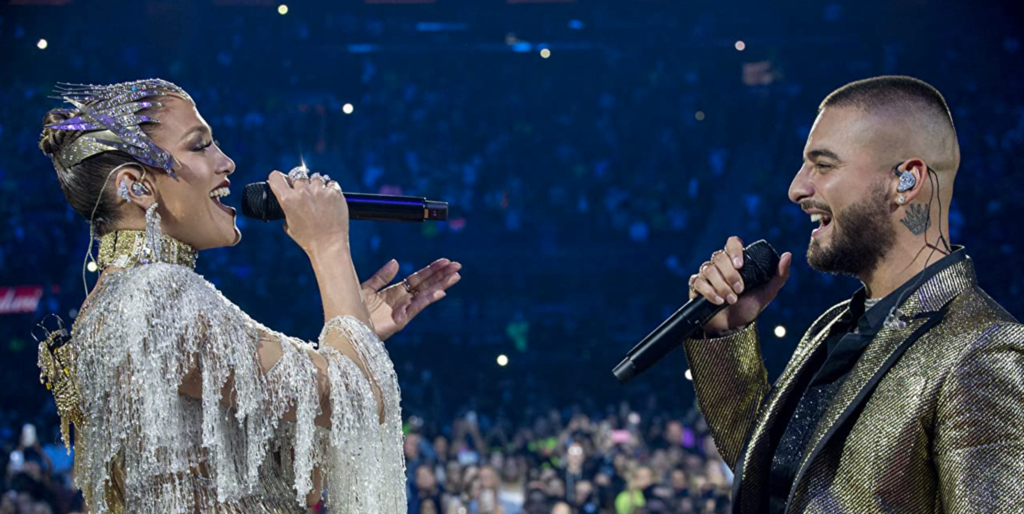H.E.R., Billie Eilish, Olivia Rodrigo, and Doja Cat are among the most-nominated artists at this Sunday’s Grammy Awards. But in the music industry overall, women artists are severely outnumbered by men — and have been throughout the past decade. Dr. Stacy L. Smith and the USC Annenberg Inclusion Initiative has published their latest “Inclusion in the Recording Studio?” report and found that the needle has barely budged for women musical artists since 2012. Women represented 23.3 percent of artists on the Billboard Hot 100 Year-End Chart last year; in 2012 that figure was 22.7 percent. Across the entire decade and 1,000 songs, only 21.8 percent of artists on Billboard’s Year-End Charts were women.
Fortunately, it’s not all bad news. Folks from underrepresented racial and ethnic groups made up 57.2 percent of the artists on the 2021 Billboard Year-End Chart. Over 10 years, they represented an average of 47.8 percent of artists on those charts. “This overall percentage masks an over-time increase, however,” a press release points out. “While the percentage of underrepresented artists peaked in 2020 at 59%, 2021 is still 18.8 percentage points greater than the percentage of underrepresented artists in 2012 (38.4%).”
Taking an intersectional look at this data, the study found that 55 percent of 2021’s women musical artists were from underrepresented racial/ethnic groups, an admirable increase from 2020’s 49 percent. Still, the industry still has a long way to go if it wants to be an equitable place for women of color: During the last decade, women of color represented just 10 percent of the women artists on the Billboard Year-End Charts.
“Inclusion in the Recording Studio?” also analyzes the demographics of songwriters and producers on the most popular songs of the decade — and those numbers make the percentage of women musical artists look downright inspirational by comparison. Women comprised 14.4 percent of songwriters in 2021 and 12.7 percent since 2012. The latter amounts to a ratio of 6.8 male songwriters for every woman. The majority of songs on Billboard’s Year-End lists from 2012-2021 featured zero women songwriters.
“In 2021, more women of color than white women wrote songs that appeared on the Billboard Hot 100 Year-End Chart, reversing a drop observed in 2020,” the press release explains. “However, 2021 was still below the 10-year-high of 44 women of color witnessed in 2019.”
On the producing side, just 3.9 percent of producers were women last year. Across the 10 years studied, they held 2.8 percent of producing credits, a ratio of 35 male producers for every woman. Only 10 producers from 2012-2021 were women of color, meaning there were 148 male producers for every woman of color.
“For women songwriters and producers, the needle has not moved for the last decade,” said Dr. Smith. “In particular, women of color are virtually shut out of producing the most popular songs each year. We know there are talented women from all backgrounds who are not getting access, opportunity, or credit for their work in this arena.”
She continued, “Industry solutions must do more than offer lip service to creating change. They must take aim at the underlying reasons for exclusion and have robust evaluation and accountability metrics to ensure that they result in real progress.”
The study’s lead author, Karla Hernandez, agreed: “Uplifting women in music is crucial, as it allows women to grow in their careers and opens doors for younger women aspiring to work in this industry. This is especially true for women of color, who are often excluded from prestigious institutions and career recognition. We must see women’s work showcased and nominated [for awards], giving them space in writing rooms and studios. By actively working toward inclusion, we can bring forth a new wave of talent and creativity.”
Read the “Inclusion in the Recording Studio?” study in full here.







